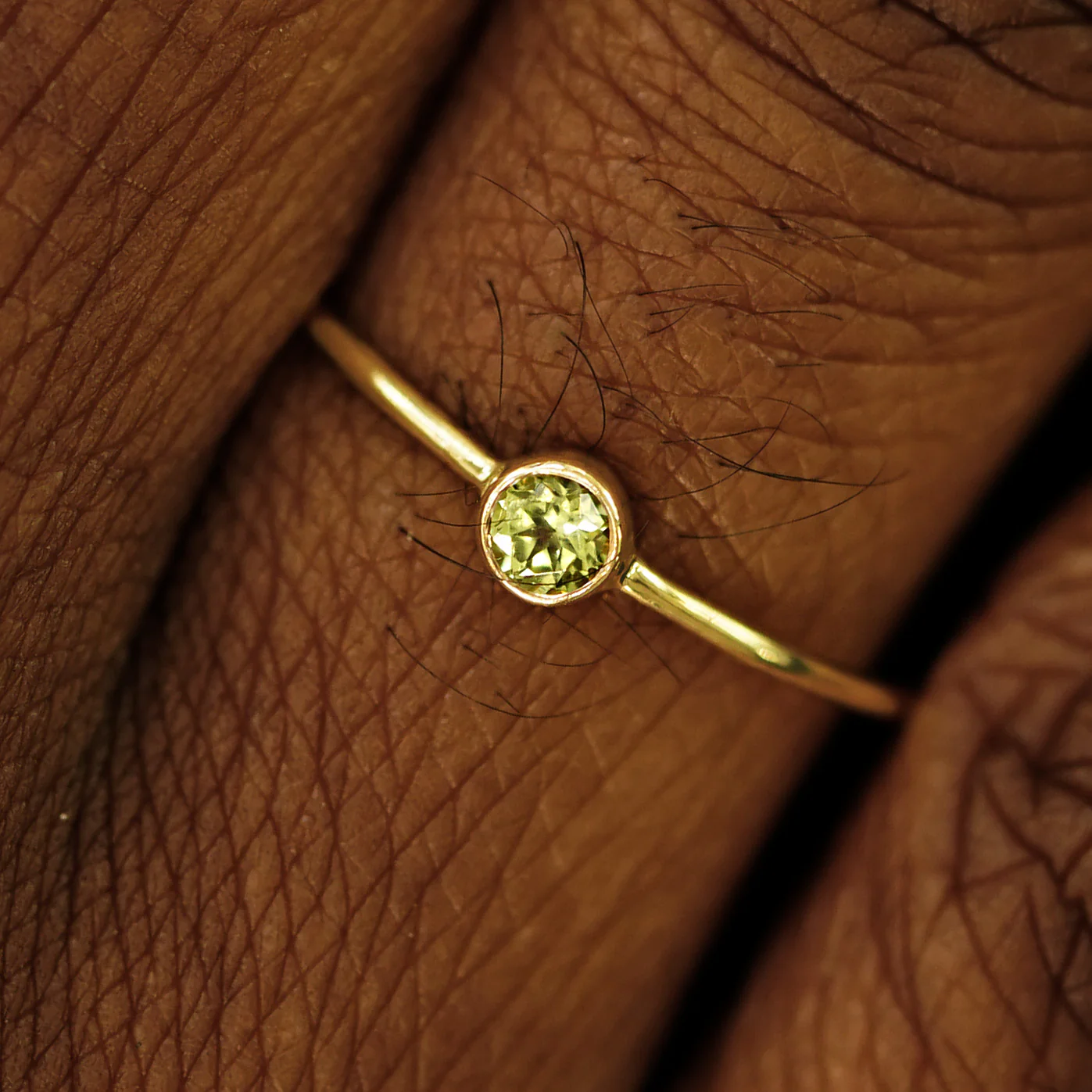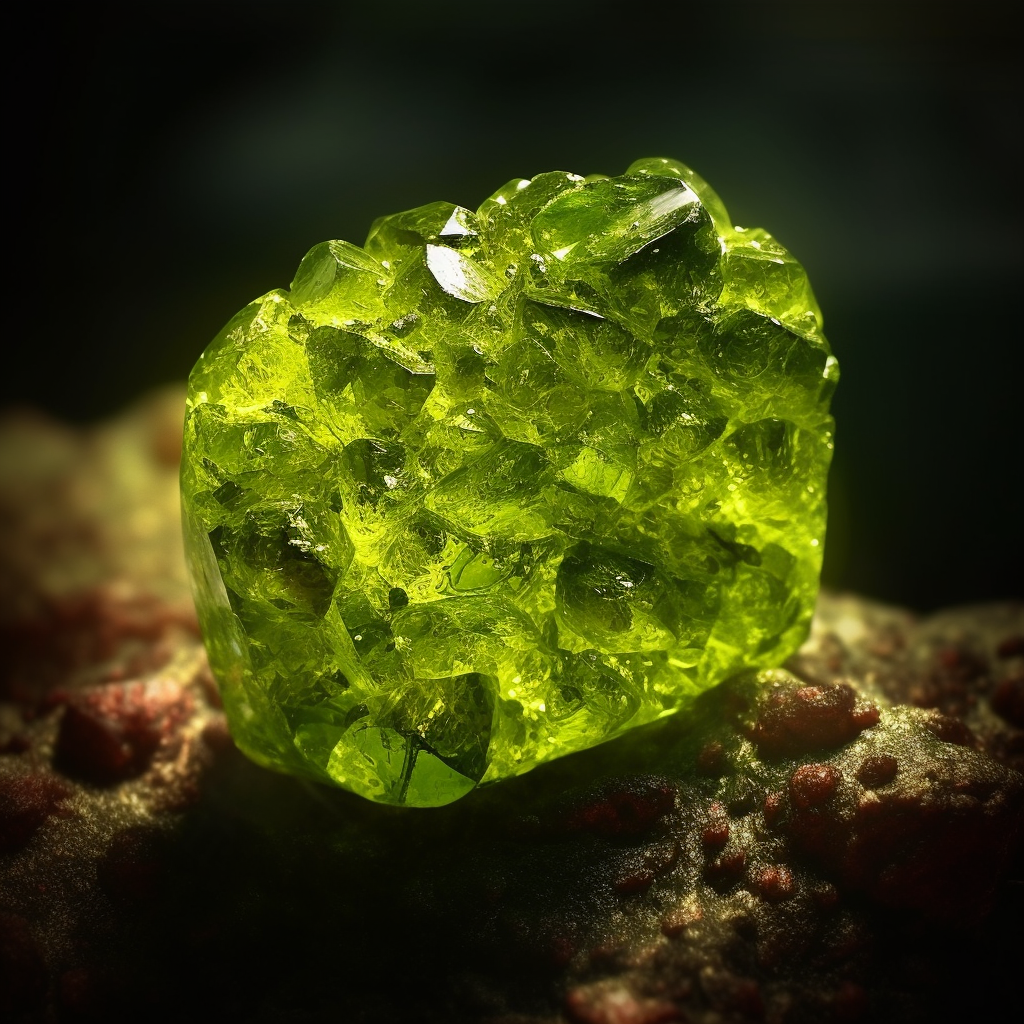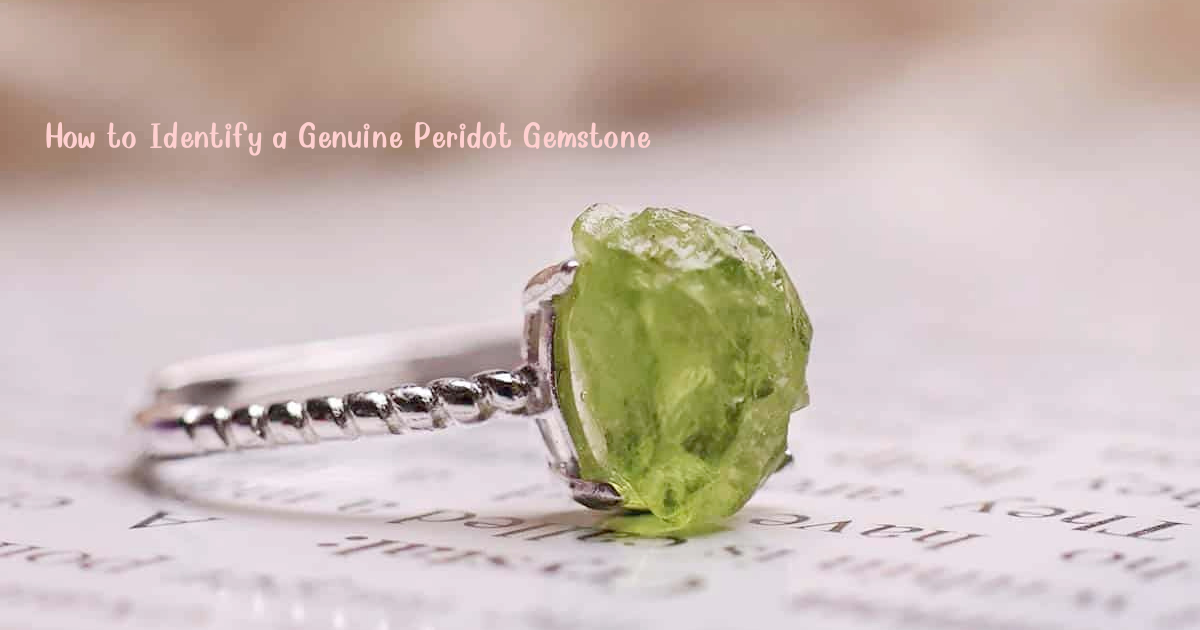Peridot is one of the world’s most radiant green gemstones, admired for its vivid color and positive energy. However, because of its popularity, imitations and synthetics are common in the jewelry market.
For collectors, jewelers, or gemstone enthusiasts, knowing how to identify a genuine Peridot Gemstone is essential. This guide will help you distinguish authentic peridot from fakes, ensuring your jewelry investment shines with natural brilliance. marcasite jewelry

The Natural Beauty of the Peridot Gemstone
The Peridot Gemstone is formed deep within the Earth’s mantle and brought to the surface through volcanic activity. It belongs to the olivine mineral family and is composed of magnesium, iron, and silicate. Its green hue is entirely natural and ranges from yellowish green to olive or brownish green depending on its iron content.
Unlike other gemstones, peridot is never heat-treated or color enhanced. Its vibrant green glow comes purely from nature—making authenticity easier to identify when you know what to look for.
How to Recognize a Genuine Peridot Gemstone
Here are key features and tests to help identify a real peridot:
-
Color Consistency and Undertone
Genuine peridot always displays a unique green hue with golden or olive undertones. Unlike emerald, which may have bluish tones, peridot’s color remains warm and lively. The green may vary depending on lighting, but it will never appear artificial or neon-like.
Tip: Hold the gem under both sunlight and indoor light. Real peridot maintains a consistent glow under all lighting conditions.
-
Double Refraction (Birefringence)
One of the most distinct features of authentic peridot is its double refraction. When you look through the stone, especially under magnification, you may notice that the back facets appear doubled. This optical effect is a natural property of peridot and a clear sign of authenticity.
-
Natural Inclusions
While flawless gems are often more expensive, most genuine peridots contain tiny inclusions or natural imperfections. Common inclusions include:
- Small black or brown spots (iron deposits)
- Lily pad-shaped inclusions (disk-like patterns)
- Minute cracks or fibers visible under a jeweler’s loupe
Synthetic or imitation stones often appear too perfect, with no inclusions at all.

-
Hardness Test
Peridot ranks between 6.5 and 7 on the Mohs hardness scale. It’s relatively durable but softer than sapphire or topaz. A simple scratch test using quartz (hardness 7) can help—quartz should slightly scratch peridot, but glass or softer materials will not.
Caution: Avoid excessive testing on valuable jewelry; always consult a professional gemologist for confirmation.
-
Weight and Density
Peridot has a moderate density, making it lighter than similar-looking stones like green tourmaline. If a stone feels unusually heavy, it may be glass or another mineral imitation.
-
UV Light Reaction
Under ultraviolet (UV) light, genuine peridot usually shows no or very weak fluorescence. Fake stones, especially glass imitations, may glow brightly, revealing their artificial nature.
-
Temperature Sensitivity
Because of its crystalline structure, real peridot warms up quickly when held in your hand, while glass or synthetic materials tend to remain cool longer.
Common Imitations of Peridot
Fake peridots can be made from materials like:
- Glass: The most common imitation, often too flawless and lighter in color.
- Green Quartz or Olivine-like glass: These lack peridot’s characteristic double refraction.
- Synthetic Spinel: May look convincing but usually has a brighter, more artificial tone.
Careful inspection and testing can help distinguish genuine peridot from these substitutes.

The Role of Certification and Expert Appraisal
When purchasing high-value peridot jewelry, always request certification from a reputable gemological laboratory such as GIA (Gemological Institute of America) or IGI (International Gemological Institute). A certificate will confirm the gem’s authenticity, origin, and natural characteristics.
An experienced gemologist can also verify your stone using advanced tools like refractometers, spectroscopes, and polariscopes to detect optical and structural features unique to peridot.
Caring for Your Peridot Gemstone
Once you’ve confirmed your peridot is genuine, proper care will preserve its natural shine and energy.
- Clean gently using warm soapy water and a soft brush.
- Avoid harsh chemicals, ultrasonic cleaners, or sudden temperature changes.
- Store separately from harder gemstones to prevent scratching.
Peridot’s moderate hardness means it’s perfect for occasional wear but should be handled with care.
Why Identifying Genuine Peridot Matters
Owning a real peridot is more than possessing a beautiful gemstone—it’s about connecting to a piece of the Earth’s natural brilliance. The gem’s authenticity ensures its metaphysical properties—prosperity, healing, and renewal—remain energetically pure. For jewelers and collectors, it also guarantees long-term value and credibility.
Learning how to identify a genuine Peridot Gemstone helps you appreciate its natural beauty and avoid imitations. From its distinct golden-green hue to its double refraction and natural inclusions, authentic peridot embodies the essence of light and renewal. Whether you’re buying peridot jewelry or collecting gemstones, understanding these features ensures that the brilliance you admire is truly nature’s masterpiece.
